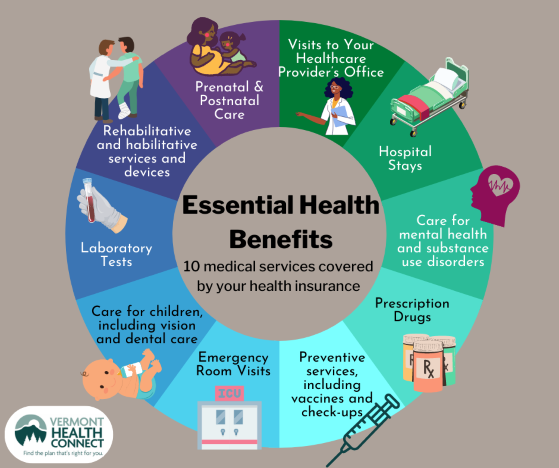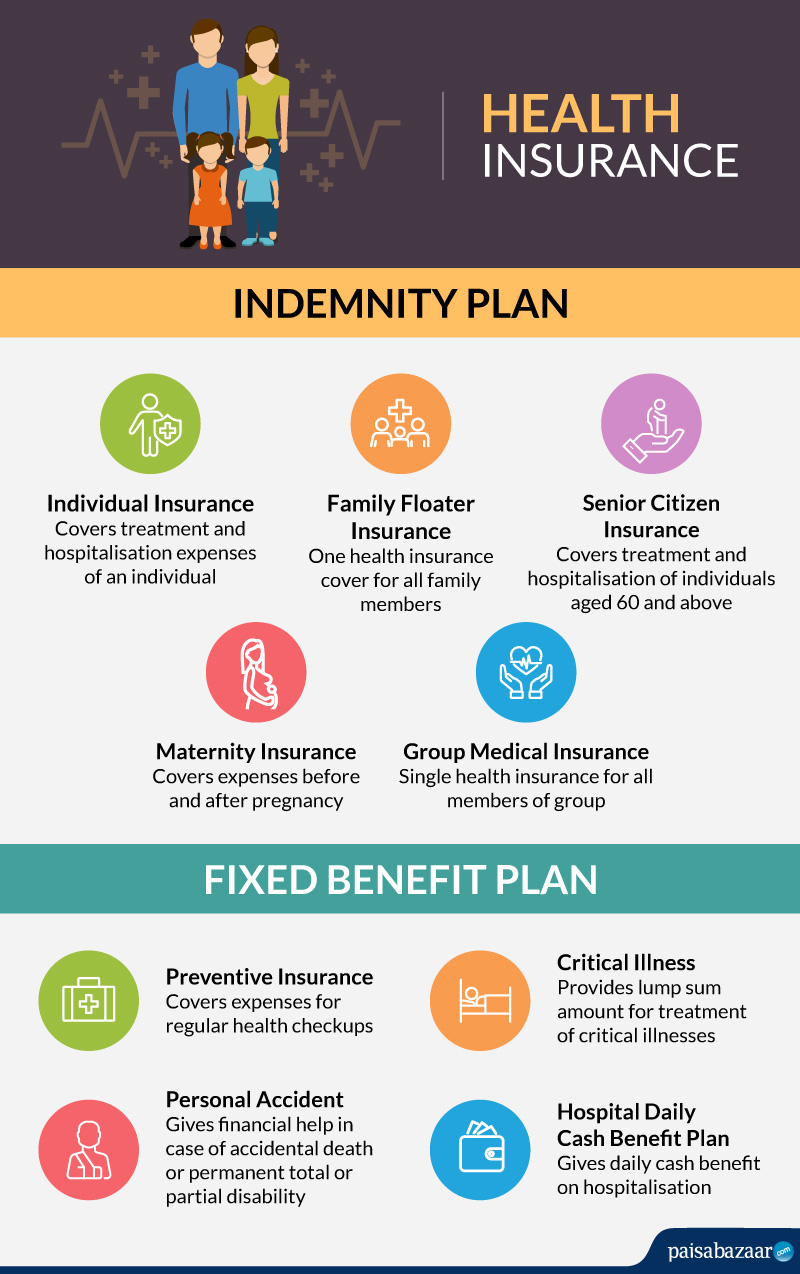Everything about Medicare Advantage Agent
Everything about Medicare Advantage Agent
Blog Article
The Best Strategy To Use For Medicare Advantage Agent
Table of ContentsThe Main Principles Of Medicare Advantage Agent Medicare Advantage Agent Fundamentals ExplainedSome Of Medicare Advantage Agent

adheres to from perplexing the relatively young age account of the uninsured with the far better wellness, on standard, of more youthful persons. This covers the web link in between health condition and medical insurance. For those without accessibility to workplace medical insurance, poor wellness is a potential barrier to buying nongroup protection because such coverage might be extremely valued, omit pre-existing problems, or be simply unavailable. The number of uninsured Americans is not specifically large and has not changed recently. 7 out of 10 respondents in a country wide depictive study assumed that fewer Americans lacked health and wellness insurance than in fact do(Fronstin, 1998). Approximately fifty percent(47 percent )thought that the number of people without medical insurance decreased or stayed consistent over the last fifty percent of the last decade(Blendon et al., 1999). This drop of virtually 2 million in the number of people 'without insurance policy (a decrease
of about 4 percent)is certainly a favorable adjustment. With a softer economic situation in 2000 the most up to date reported gains in insurance coverage might not continue(Fronstin, 2001 ). The decline in the number of without insurance will not proceed if the economy remains sluggish and health treatment expenses continue to outpace rising cost of living. This is because the information were collected for a duration of strong financial efficiency. Of the estimated 42 million individuals that were uninsured, almost concerning 420,000(concerning 1 percent)were under 65 years of age, the age at which most Americans become eligible for Medicare; 32 million were grownups between ages 18 and 65, around 19 percent of all adults in this age; and 10 million were kids under 18 years of age, regarding 13.9 percent of all kids (Mills, 2000). These estimates of the number of individuals without insurance are created from the annual March Supplement to the Existing Populace Survey (CPS), conducted by the Demographics Bureau. Unless otherwise noted, nationwide price quotes of individuals without health insurance policy and percentages of the population with different type of coverage are based upon the CPS, one of the most commonly utilized resource of estimates of insurance coverage and uninsurance rates. These surveys and the estimates they yield are defined briefly in Table B. 1 in Appendix B - Medicare Advantage Agent. These surveys differ in dimension and sampling methods, the inquiries that are inquired about insurance policy
Medicare Advantage Agent - The Facts
protection, and the moment period over which insurance policy coverage or uninsurance is measured(Lewis et al., 1998, Fronstin, 2000a ). Still, the CPS is especially beneficial since it produces annual price quotes relatively promptly, reporting the previous year's insurance coverage approximates each September, and because it is the basis for a constant collection of estimates for even more than two decades, enabling evaluation of fads in insurance coverage gradually.

An Unbiased View of Medicare Advantage Agent
Over a three-year duration starting early in 1993, 72 million people, 29 percent of the U.S. populace, lacked protection for at the very least one month. Within a solitary year(1994), 53 million people experienced at the very least a month without coverage(Bennefield, 1998a). 6 out of every 10 uninsured adults are themselves utilized. Although functioning does enhance the possibility that and one's family participants will certainly have insurance policy, it is not an assurance. Also members of households with two permanent wage income earners have almost a one-in-ten chance of being without insurance (9.1 percent uninsured price)(Hoffman and Pohl, 2000 ). The connection between health and wellness insurance and access to care is well developed, as recorded later in this chapter. The partnership in between health insurance and wellness outcomes is neither direct nor simple, a comprehensive scientific and health and wellness services research study literature links health and wellness insurance coverage
to improved access to care, better far better, and improved personal and population populace wellnessStanding As an example, the second report, on individual wellness end results for without insurance grownups, is represented by the innermost circle of the figure, while the third record, on family well-being, encompasses the topics of the 2nd report but highlights a different unit of evaluation, particularly, the family members. The sixth report in the collection will provide details regarding approaches and efforts taken on in your area, statewide, or country wide to deal with helpful hints the absence of insurance policy and its adverse effects. Degrees of evaluation for analyzing the results of uninsurance. This discussion of wellness insurance protection concentrates mostly on the other U.S. populace under age 65 because basically all Americans 65 and older have Medicare or other public protection.
Moreover, it concentrates particularly on those with no health insurance coverage for any length of time. The issues encountered by the underinsured are in some respects comparable to those dealt with by the without insurance, although they are usually much less serious. Uninsurance and underinsurance, nevertheless, involve clearly various plan problems, and the methods for resolving them may differ. Throughout this research study and the 5 reports to comply with, the major emphasis gets on individuals without any medical insurance and thus no help in paying for healthcare beyond what is readily available with charity and safety net organizations. Medical insurance is an effective factor impacting invoice of treatment because both clients and medical professionals reply to the out-of-pocket address price of services. Health insurance coverage, nevertheless, is neither essential nor sufficient to access to medical services. The independent and direct result of health and wellness
insurance insurance policy on access accessibility health wellness is well establishedDeveloped Others will obtain the healthcare they require even without medical insurance, by spending for it out of pocket or seeking it from companies that use treatment totally free or at extremely subsidized prices. For still others, medical insurance alone does not make sure invoice of care as a result of various other nonfinancial barriers, such as an absence of healthcare suppliers in their community, restricted accessibility to transportation, illiteracy, or linguistic and social differences. Official study about without insurance populaces in the United States dates to the late 1920s and early 1930s when the Board on the Price of Healthcare created a collection of records about financing doctor workplace visits and hospital stays. This concern ended up being significant as the varieties of medically indigent climbed during the Great Anxiety. Empirical research studies constantly support the link in between accessibility to care and boosted wellness end results(Bindman et al., 1995; Starfield, 1995 ). Having a normal resource of treatment can be taken into consideration a predictor of gain access to, rather than a straight step of it, when health and wellness end results are themselves made use of as accessibility signs. This expansion of the notion of access measurement was made by the IOM Committee on Keeping An Eye On Gain Access To to Personal Healthcare Provider(Millman, 1993, p. Whether parents are insured appears to affect whether or not their children receive treatment along with just how much careeven if the youngsters themselves have insurance coverage(Hanson, 1998). The health and wellness of parents can impact their capability to take care of their kids and the level of family stress. Fretting about their children's access to care is itself a source of stress for moms and dads. 3 chapters follow in this report. Phase 2 supplies an overview of just how employment-based health and wellness insurance coverage, public programs and specific insurance coverage run and communicate to provide substantial however insufficient protection of the united state populace. This consists of a review of historic patterns and public laws influencing both public and exclusive insurance policy, a conversation of the interactions amongst the different sorts of insurance coverage, and an assessment of why individuals move from one program to an additional or wind up

Report this page